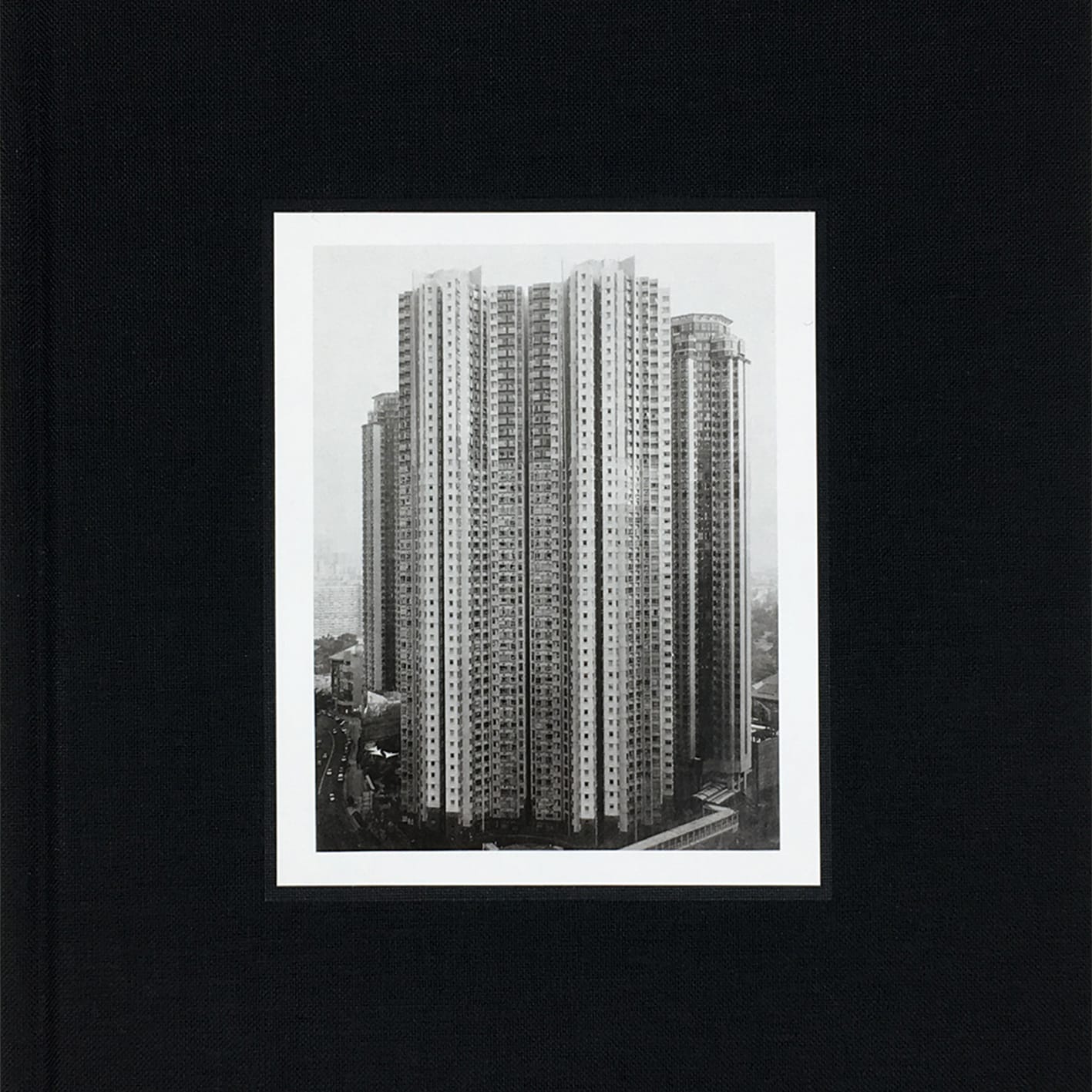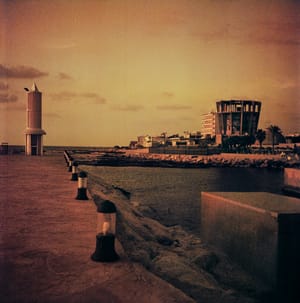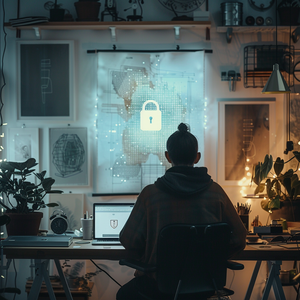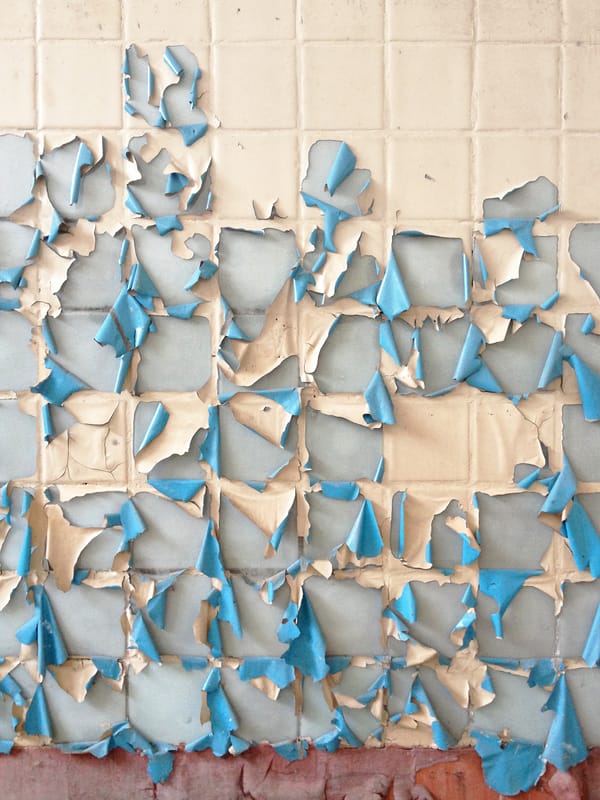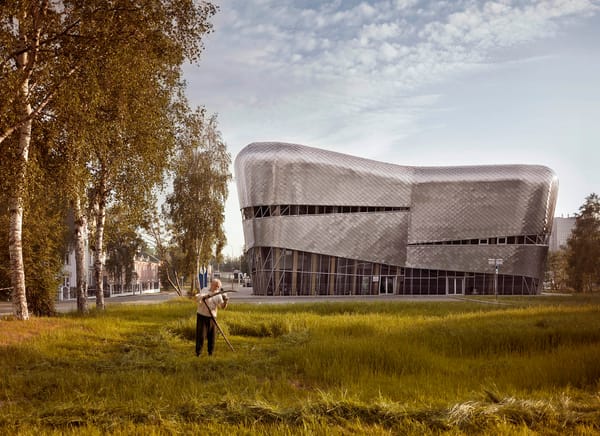Swiss artist Pascal Greco tells stories larger than himself through carefully crafted images packaged in different forms. A photographer, cinematographer, filmmaker, and editor, he creates narratives that evoke and document the passing of time. We spoke to him about his beginnings as an autodidact, his recent book Hong Kong, in which Greco collected 135 black and white polaroids showing how Hong Kong's architecture has changed in the past seventy years, and his recent film starring Asia Argento.
Tell us something about how you got started with photography? What is your background?
I am a self-taught filmmaker and photographer leaving in Geneva. I started with photography when I bought a Fuji Mini-Instax in Tokyo in 2006. With the instant camera, I made a two-week trip around Japan. Around the same time a good friend of mine, Nicolas Ducret, was taking pictures in Tokyo with a Hasselblad. When we came back we meet to compare our pictures. We noticed that our work was different but complementary. We decided to try setting up an exhibition.
We made it in a bar, the local media liked the exhibition and spoke about it. After the exhibition, we contacted a Swiss publisher named Infolio. They responded positively, they liked the work and had read articles about the exhibition.
At the end of 2007, I/we released my/our first book called Kyoshu, nostalgie du pays. Half of the book is with the pictures of Nicolas in medium format and the other half is with my Mini-Instax pictures. At the end of the book, there is a DVD with a 17-minute film that I made with a Super8 and 16mm film during my trip to Japan, with music by Kid Chocolat.
This shows that you can make a photographic project, an exhibition or a book with a very low-cost camera and tiny instant pictures. Which I believe is important to say out loud, since we are in a time in which people think that if you don’t have a big and expensive camera with millions of pixels you won't be able to create something great or be credible. That’s completely wrong.
Many of your photographic projects focus on the architecture of countries distant from your home in Switzerland. You capture the spaces inhabited by people, but without people seen in them. Where does your interest in architecture come from?
I don’t know the exact reasons. I discovered the work of Swiss photographer Joel Tettamanti, which is for me one of the best architecture photographers around, in a magazine in 2007. He had published a beautiful project about night pictures on the architecture of Tokyo and that made me want to do architectural photography.
I like to see pictures of the big cities, which are usually very busy, without any humans in it. They give you a different sensation of the city, they allow to see the places we live in from a different perspective another perspective.
Famous photographers have captured Hong Kong's architecture before you in different ways - from Gursky to Wolf - why did you choose to dedicate a whole book to this city?
I really love the architecture of Hong Kong, the density and the aesthetics, perspectives, and design of the buildings and towers. The fact that the land is also unique, with water, forest, rocks, hills, moving ground. And I also love the old buildings from the 1950s and 1960s, which are beautiful and unique, in Kowloon.
I wanted to try a different approach than Gursky's and Wolf's, who produced - especially Wolf - remarkable work on this city with large format cameras. I decided to shoot this project with a Polaroid, to break the rules of architecture photography, abandoning large format.
I decided to shoot with black and white film (664 and 663 old Polaroid pack) to differentiate my work from the majority of the photographs of Hong Kong, which usually show the buildings and towers are painted in bright and cheerful colors. These colors, however, are chosen by the State, to hide the somewhat delicate and dramatic reality of this city. I decided to use black & white, to show this "reality".
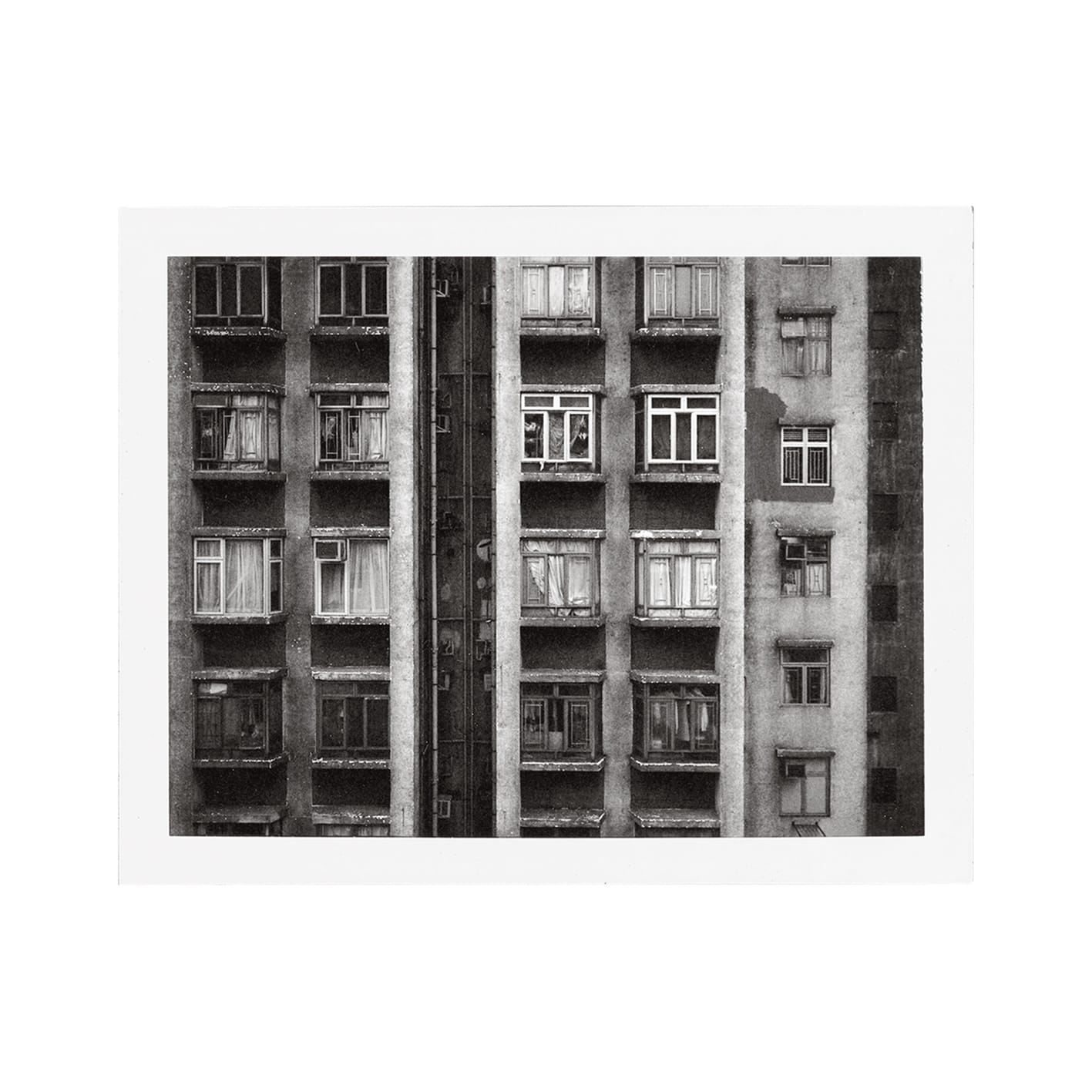
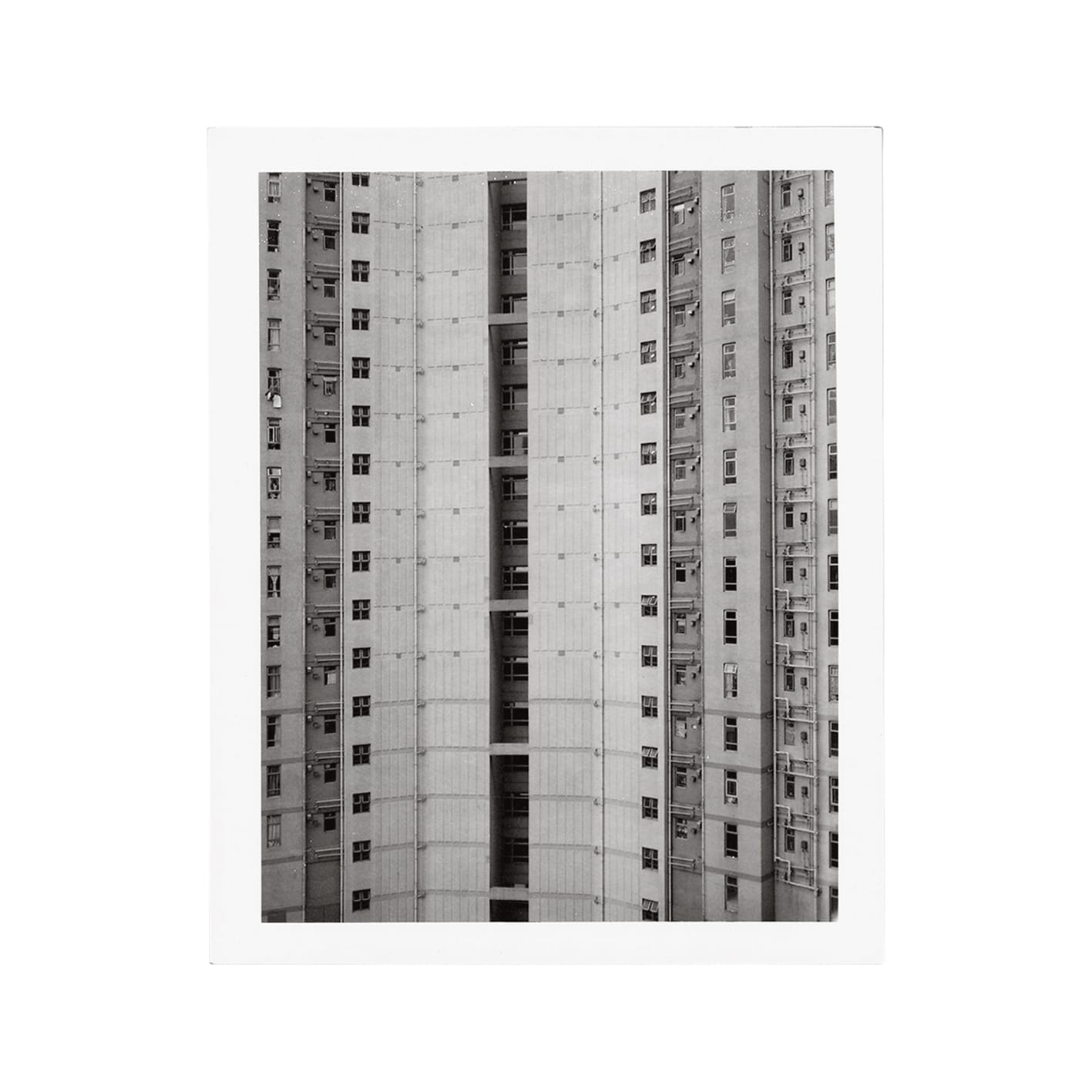
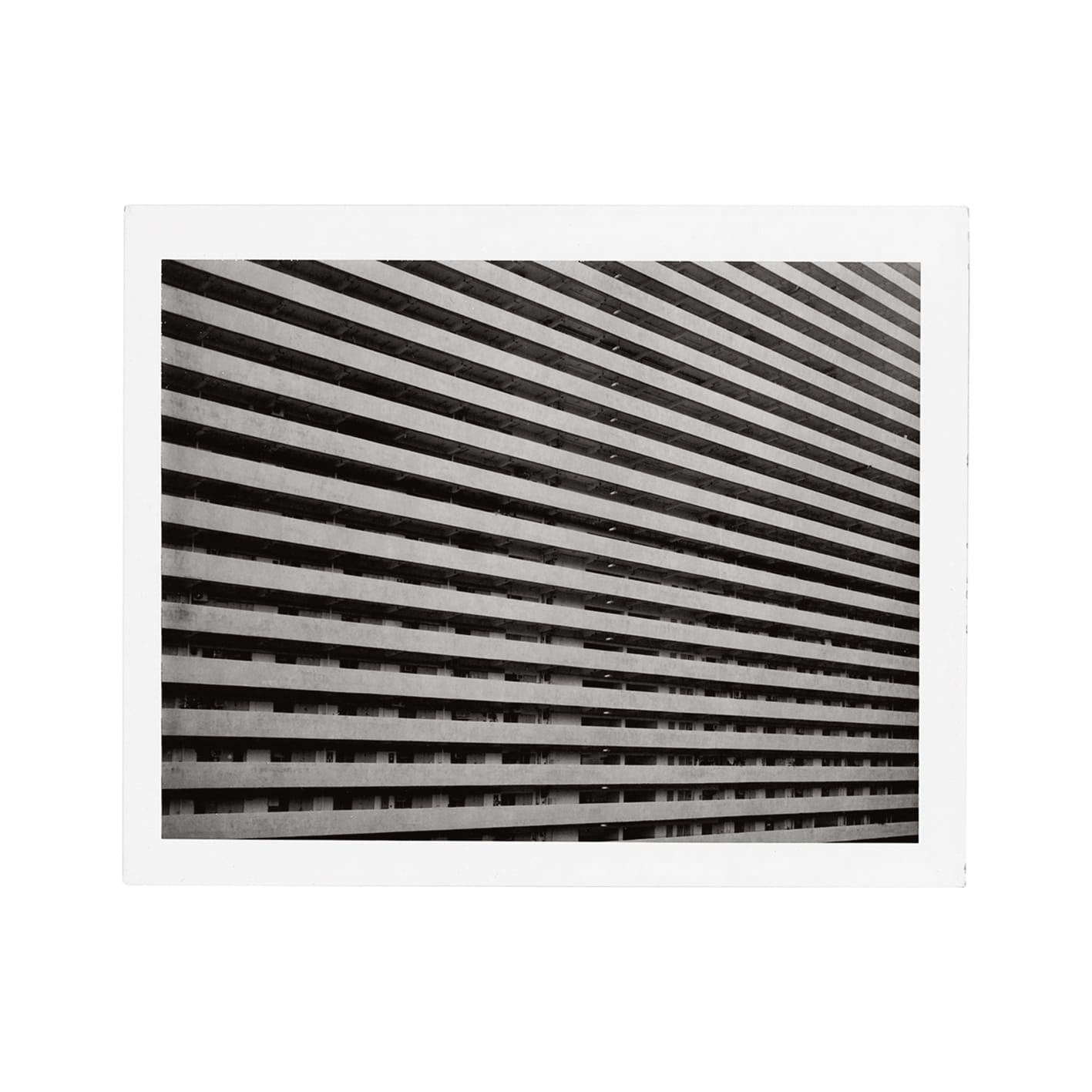
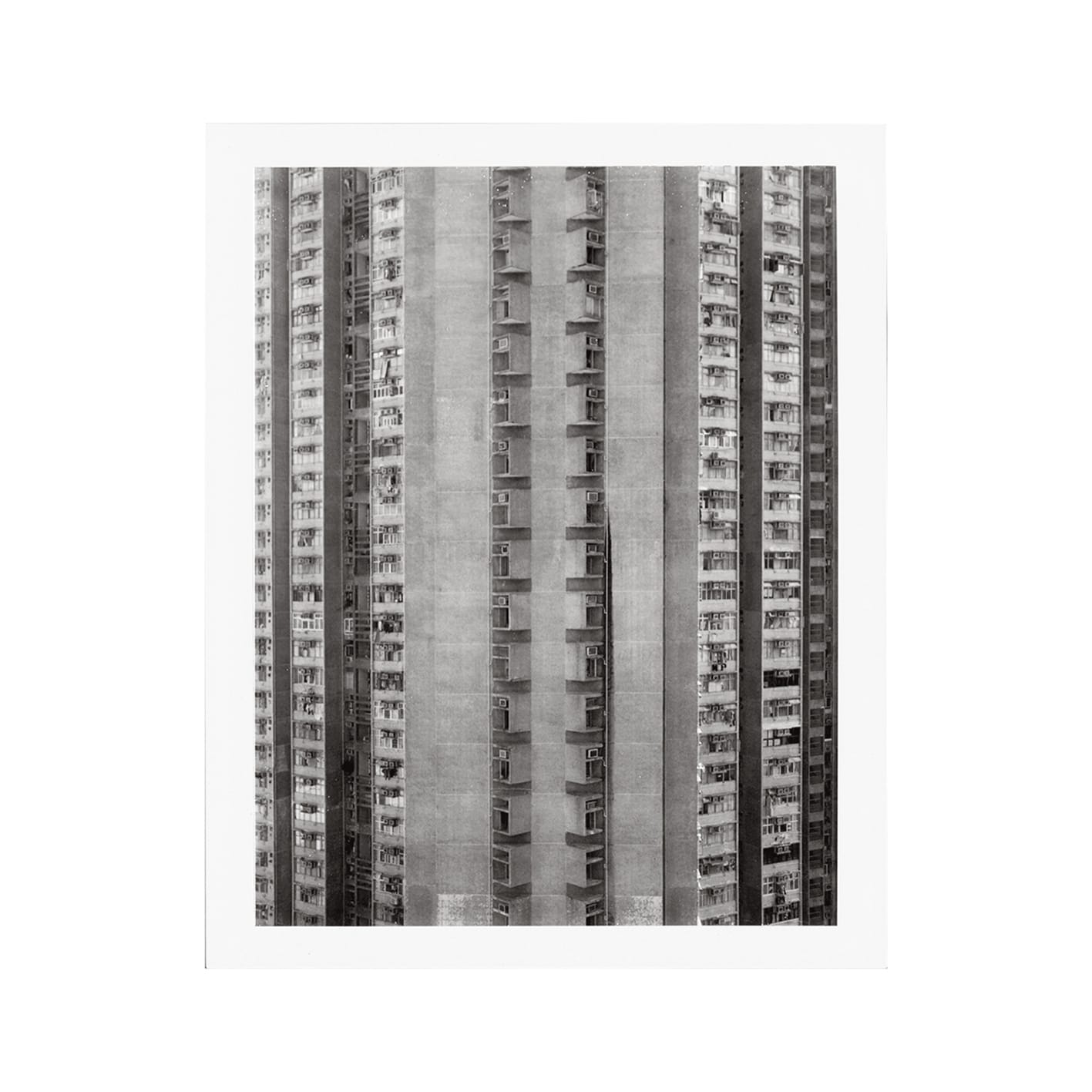

© Pascal Greco
The book has a documentary element to it - by moving through the pages we can see how the megalopolis has developed and changed over time - but at the same time it is clearly an artistic project. Where do you draw the line between art and documentary photography? Do these labels have meaning from you?
For me, it’s simply a photographic project. I don’t think about if this is an art, journalism or as a documentary. Some people think this is a documentary project because my wish was to show the typology of architectures in Hong Kong. This is also why it took me five years to complete it, to cover all the regions of Hong Kong.
For some people, this is a journalistic project because I asked a reputed professor in social administration and social work (Ernest Chui) to write about the link between architecture/urbanism, the economy and the poverty in Hong Kong. I also asked architects to speak about the specificities of the architecture of Hong Kong.
And, of course, some people think of this as an art project because I used Polaroid to make architectural photographs.
Some practical matters: you spent five years, between 2012 and 2017 - working on this project, shooting everything in analog. What gear did you use? Why this choice?
I love the aesthetic and the rendering of the black & white Polaroid. The 664 and 663 are amazing, especially for brutalism, concrete, architecture. I worked on this project for five years because it was important for me to take the time to cover and discover the entire country. My wish was to show every typology of architecture there is in Hong Kong. As I said, I wanted to propose a different approach to architectural photography, and that's why I decided to make this project in Polaroid. I tried to break the rules of architecture photography, which is usually shot in large format, All of my photos of Hong Kong are only 8,6cm by 10,5cm.
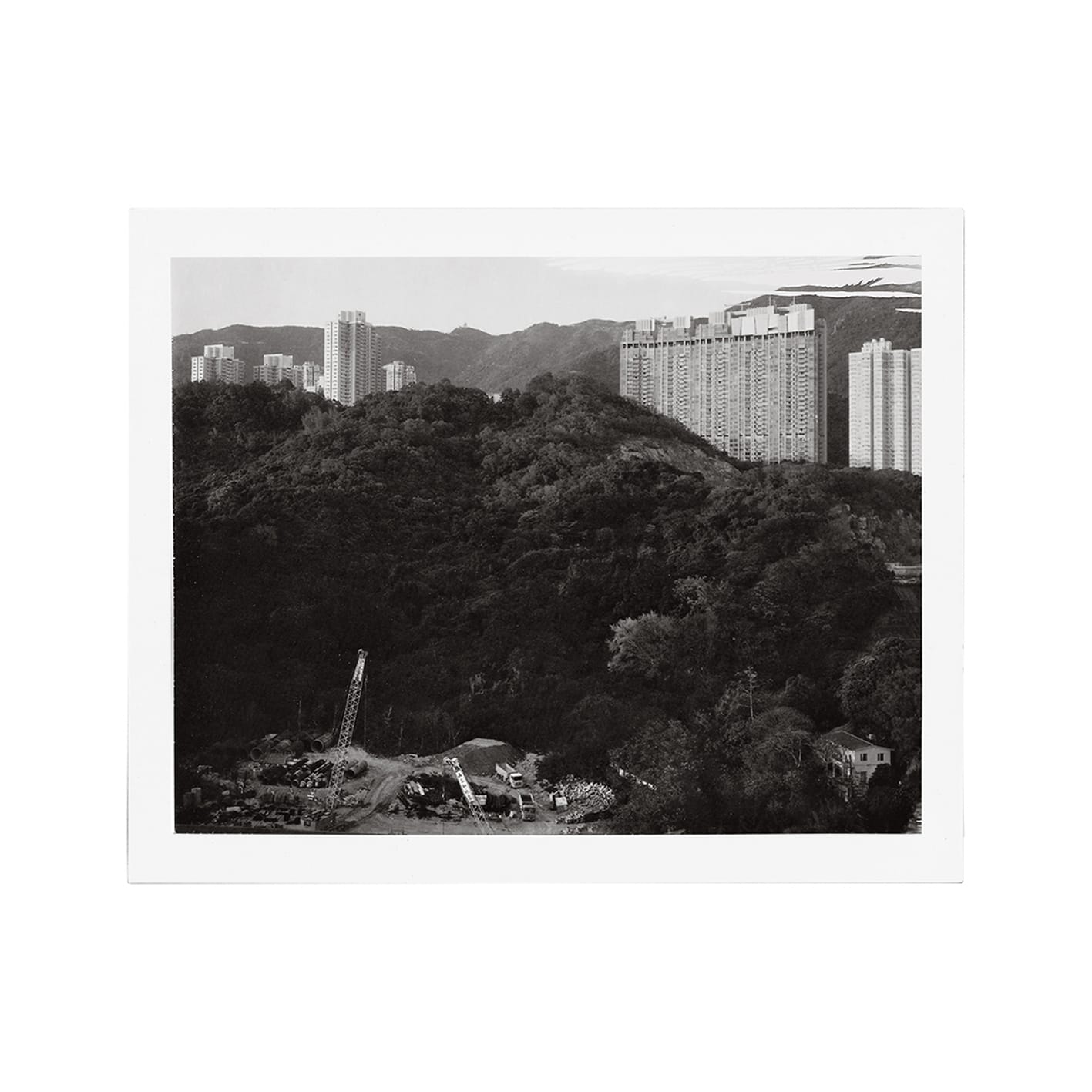
What are your inspirations in film and photography?
Different kinds of photography: architecture, landscape, abstract. Photographers like the Becher, Gerry Johansson. I love Wong Kar Wai's films. The movie Koyaanisqatsi by Geoffrey Reggio with amazing music from Philippe Glass had a huge influence on my work.
You have worked as an independent photographer and filmmaker on projects which are far from mainstream, creating books and films that need a large time investment to produce and are unique in their kind. What is your relationship with publishers, gallerists or producers? What role do they play when you start working on something new?
With photography, I never had gallerists, I never contacted them until recently. I had the chance to exhibit, for the moment only in Switzerland, in some museum or photography center, because they approached me.
When I have a new photographic project, I ask graphic designers to make the first draft of a book and I send this draft to publishers that I like. I had the chance to publish 5 books with 3 different publishers who were interested in my projects and my photoggraphy.
With films it's a bit different: I never contacted any producer, also because I made films which are a bit different from what is made in the “standard”. Producers don’t like to take risks, they like to make films that bring in money quickly and easily. My films are different, hybrid, they are too risky for producers. That means that I auto-produce almost of my films.
For my film Stun I had the help of a multidisciplinary fund from the State of Geneva, because I worked with dancer Stefania Cazzato. But for my other films I never received any from the government. For my last film, Shadow, that I co-directed with Philippe Pellaud, we asked for help from the State of Geneva and the Swiss cultural department, but they refused to give us money saying that the film is to too conceptual, standing between traditional fiction and art. The swiss film community and the bodies who finance this industry are, unfortunately, not very open for a different kind of cinema, they are too classic. They don't support new ideas, new thinking, people who propose a different vision in cinema.
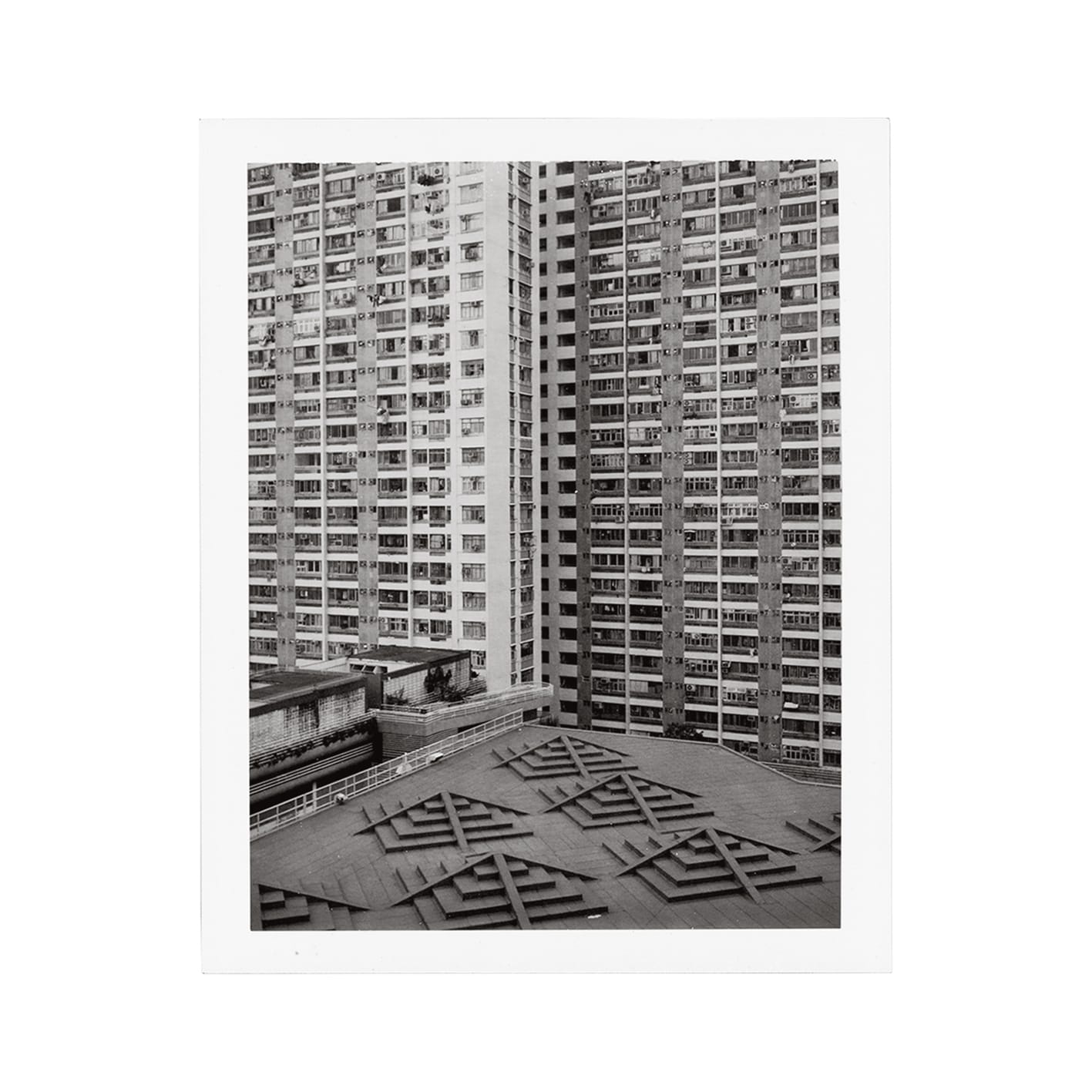
What would your recommendation be to a photographer who is starting out with a vision?
To be self-confident, to not listen too much to the other people, especially when you speak about your own project. There is a lot of jealousy in the industry and many photographers would rather see your project failing. The same with art schools. I didn’t go to photography or cinema school (because I wasn't accepted) and I believe this to be one of the best things that happen to me. I've been listening to too many bad stories about teachers and juries who are frustrated and/or jealous and/or have a problem with their ego. Many are so cruel and bad with students that they destroy careers before they even start.
Your latest project is the film Shadow, with Asia Argento as a protagonist. How did this come about? I know it's still pretty secret, but can you tell us something about it?
It’s not a secret project, I simply prefer not to share too much information about my films before they are out. I like the idea of people discovering the film directly in the theater or in live performances. For many years, I didn’t show the teaser of the films, simply because they too often show the best moments of the movie and when you go and see it… you are often disappointed because the film is not as good as the teaser. So, I choose to work in the opposite way: in the teaser of my films, you see almost nothing, I offer just a mood, a sensation.
What is next for you? Are you working on something new at the moment?
We are releasing Shadow in a limited edition vinyl, with music and film inside the object. In Switzerland, the vinyl will be available by the end of January and in France on March 1st. The vinyl is co-produced with independent Swiss label Poor Records and French label Pamela. The vinyl is also available on my website.
This spring, I am also finalizing 14 very limited posters for my last book Hong Kong. All are unique pieces, with the 70 x 100cm printing sheet of the book, that I received from the printer a few months ago. On each 70 x 100 cm sheet you have 16 pages of the book in recto and 16 in verso. In total there will be seven 70 x 100 cm sheets on which I am going to print big typography in serigraphy to be sold as unique pieces on my website.


